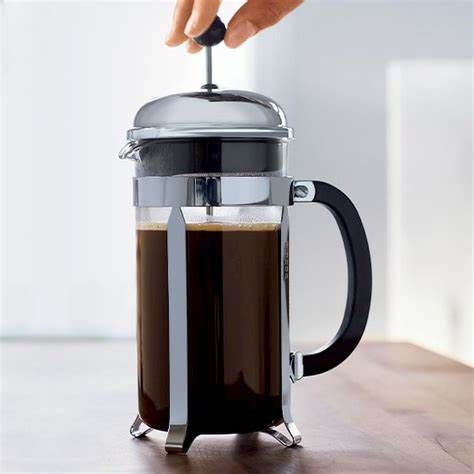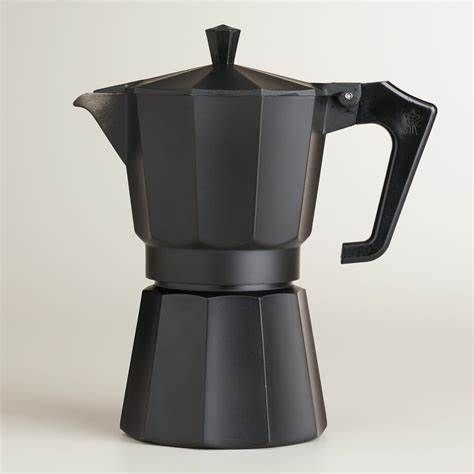How to Make Espresso Without A Machine? 4 Simple Methods
Greetings fellow coffee lovers! As someone who enjoys a good cup of espresso, I know how frustrating it can be when you don’t have an espresso machine on hand. However, just because you lack the expensive equipment doesn’t mean you have to go without your espresso fix. In this article, I’ll walk you through four different methods for making espresso-style coffee without a machine.
What Makes Espresso “Espresso”?
Before we dive into the various brewing hacks, let’s discuss what really makes an espresso an espresso. While there’s no universally accepted definition, most people agree that true espresso relies on:
- High pressure extraction (around 9+ bars)
- Less water volume relative to the amount of finely ground coffee
This combination results in the thick, concentrated texture along with the signature crema (the caramel colored foam) on top. The high pressure is crucial for extracting the oils and solids that make up an espresso’s bold flavor.
While we likely won’t fully replicate a machine-pulled shot, we can get pretty close by focusing on a high coffee-to-water ratio and relatively fine grind size. Let’s look at some easy techniques for faking the espresso experience.
How to Make Espresso Without An Espresso Machine?
Method 1: Portable Espresso Maker
A portable espresso maker, also called a stovetop espresso maker, allows you to brew rich, concentrated coffee anywhere. Here’s how it works:

Boiling water in the lower chamber forces steam up through a filter basket containing finely ground coffee. This produces 1-3 ounces of thick espresso dripping into the top chamber.
Compared to machine-pulled shots, the espresso from portable makers is slightly less intense in my opinion. However, the concentration and mouthfeel are pretty similar. One downside is that the crema tends to be less foamy.
On the plus side, you can take these makers anywhere and they only cost around $20-$40. Just make sure you use a fine espresso grind. Here’s the basic process:
- Fill the bottom chamber with water just below the pressure valve
- Place filter basket in position and fill with ground espresso
- Tightly screw on upper espresso chamber
- Place over high heat until espresso starts coming out the top (around 4 minutes)
- Remove from heat once the chamber is filled and enjoy
It does take some practice to achieve the perfect timing and grind size. But once mastered, you can brew espresso-style coffee with ease on the stovetop.
Method 2: French Press
That’s right, with a few adjustments you can make pseudo espresso using a French press. While it won’t have quite the body or foamy crema of true espresso, the concentrated flavor is pretty similar.
Here’s what to do:

- Use an extra fine espresso grind for your coffee
- Heat water until very hot but not boiling
- Place ground coffee in the French press and pour in the hot water
- After about 2-3 minutes of brewing, slowly press down the plunger
The key is using more coffee grounds relative to water. Aim for a ratio of around 1:5 coffee to water. This produces a short, strong shot.
You won’t get the thick crema, and the end result is slightly weaker than standard espresso. But the rich aroma and dark coffee base notes are quite reminiscent of espresso. This method also highlights the flavors of your coffee blend.
Method 3: Moka Pot
Moka pots brew coffee by forcing boiling water through ground coffee via steam pressure. Sounds an awful lot like how espresso machines work, right?

While not exactly the same, moka pot coffee does share some similarities with espresso:
- Concentrated, robust flavor
- Higher extraction temperature
- Thick, oily texture
Downsides are that you get less crema, and a full moka pot makes multiple servings rather than a single shot. But with the right grind and technique, the flavor profile certainly mirrors espresso’s intensity.
Here’s how to brew it:
- Fill bottom chamber with water just below valve
- Put ground coffee in filter basket, don’t tamp
- Assemble pot and place over medium-low heat
- Remove once top chamber is filled
The key is to keep the heat low to medium to avoid scalding the coffee. A fine grind is also essential for achieving an espresso-like texture.
Method 4: Aeropress
The Aeropress is one of my favorite coffee gadgets. While not designed specifically for espresso, it can produce a concentrated, robust coffee when used correctly.

The major difference from true espresso is the lack of emulsion-producing pressure. So you won’t get that lovely crema on top.
However, the fast brew time and adjustable coffee-to-water ratio let you extract a short, powerful shot.
Follow this process:
- Heat water to 200°F
- Grind beans to an espresso setting
- Wet the paper filter in the cap and insert into Aeropress
- Add 14-18g of grounds and tamp lightly
- Pour water up to the 2 oz mark and stir
- Insert plunger and press down over 20-30 seconds
This makes a concentrated 2 oz shot. You can experiment with grind size, coffee amount, and brew time to get closest to espresso. The end result will have a bold, slightly roasty profile but likely less sweetness or complexity versus machine-made espresso.
Final Thoughts
As you can see, there are several ways to mimic espresso’s flavors and textures without a dedicated machine. Are the results identical to what you’d get at your local cafe? Not quite. But you can still make a fulfilling strong coffee with just a French press, Moka pot, or simple stovetop maker.
It does require some fine-tuning to extract the boldest, most espresso-like cup. Focus on a high coffee-to-water ratio and very fine grind. And don’t fret over the lack of crema, as no DIY brewing can match the 9+ bars of pressure generated by an espresso machine.
But for a quick espresso-style fix at home or on the go, these methods will do the trick nicely. So try them out and see which approach best satisfies your strong coffee cravings even without a barista-grade espresso machine!
